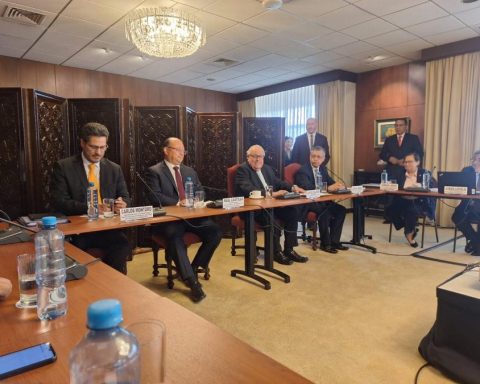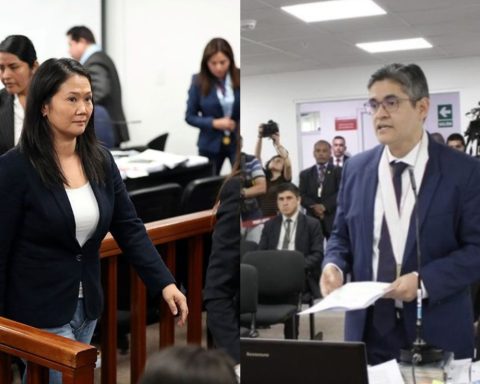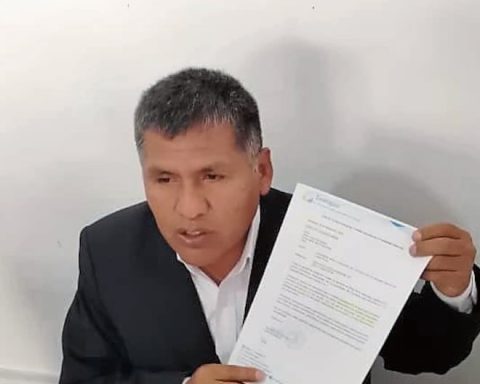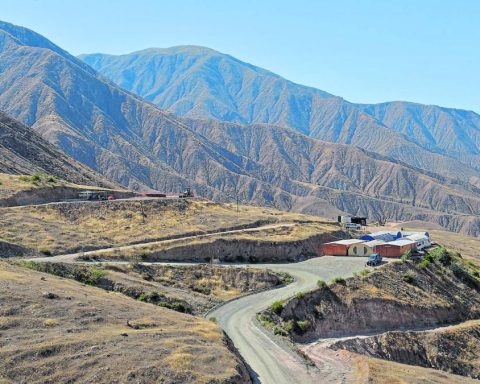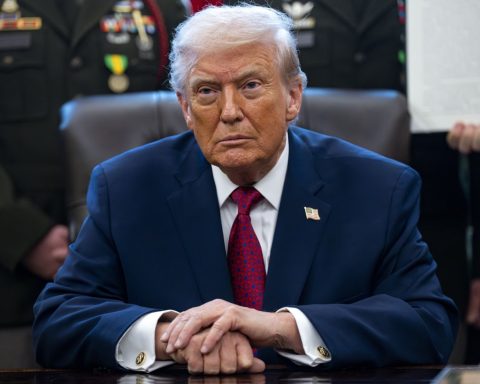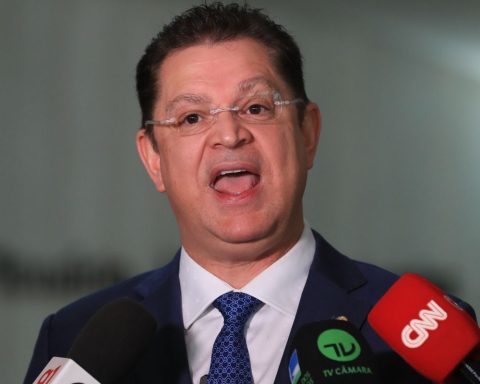Following the protests, the Peruvian economy has been hit and employment is in danger. The head of the Institute of Economics and Business Development (Iedep), of the Lima Chamber of Commerce (CCL), Oscar Chávez, explained to this newspaper that 27.8% of formal employment is at risk due to the demonstrations, that is, 1.1 million Of jobs.
This is calculated taking into account 15 regions where the greatest conflicts are currently registered, that is, Amazonas, Áncash, Apurímac, Arequipa, Ayacucho, Cusco, Huánuco, Ica, La Libertad, Madre de Dios, Moquegua, Puno, San Martín, Tacna and Ucayali.
“It cannot be determined how long the conflict will last, or how much it will slow down the economy. Also, if the companies cannot operate, how are they going to pay the bills?”, he said.
By sectors, he indicated that the most affected are mining, agriculture, manufacturing, construction, commerce and services.
But the crisis that the country is experiencing does not only affect the formal sector. The union representative explained that there is also a blow to the informal workers who cannot work.
Look: Cusco: there are 120,000 people at risk of being unemployed due to the blockades
“The crisis means a brake on activity, lower income for people and deterioration in the quantity and quality of employment,” he stressed.
SUPPORT FOR
Undoubtedly, one of the sectors hardest hit by the conflict in the country is tourism. In this sense, the Minister of Economy and Finance, Alex Contreras, reported yesterday that next week he will give new measures to help this area.
“There are tourists who are no longer going south, they are heading north, which generates not only regional impacts, but sectoral ones,” he said during his presentation at the joint session of the Economy and Decentralization commissions. One of the actions is related to the return of the IGV to the companies in question.
On the other hand, he referred to the powers that the Executive has requested to legislate on economic matters and pointed out that what is sought, among other things, is to encourage public spending and close gaps.
“We want to simplify state-to-state contracts, strengthen municipal finances, and ensure the signing and execution of contracts,” he added.

